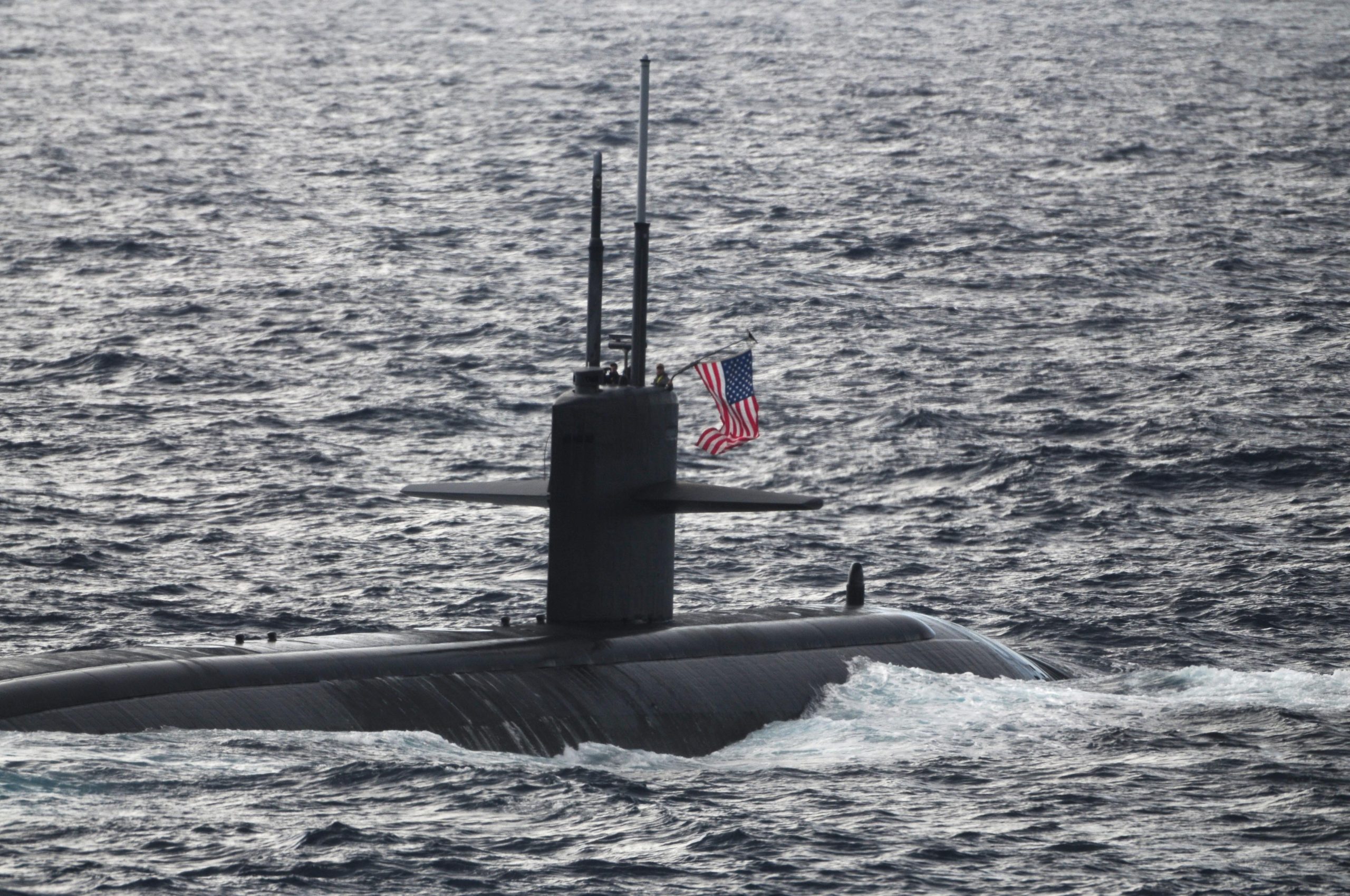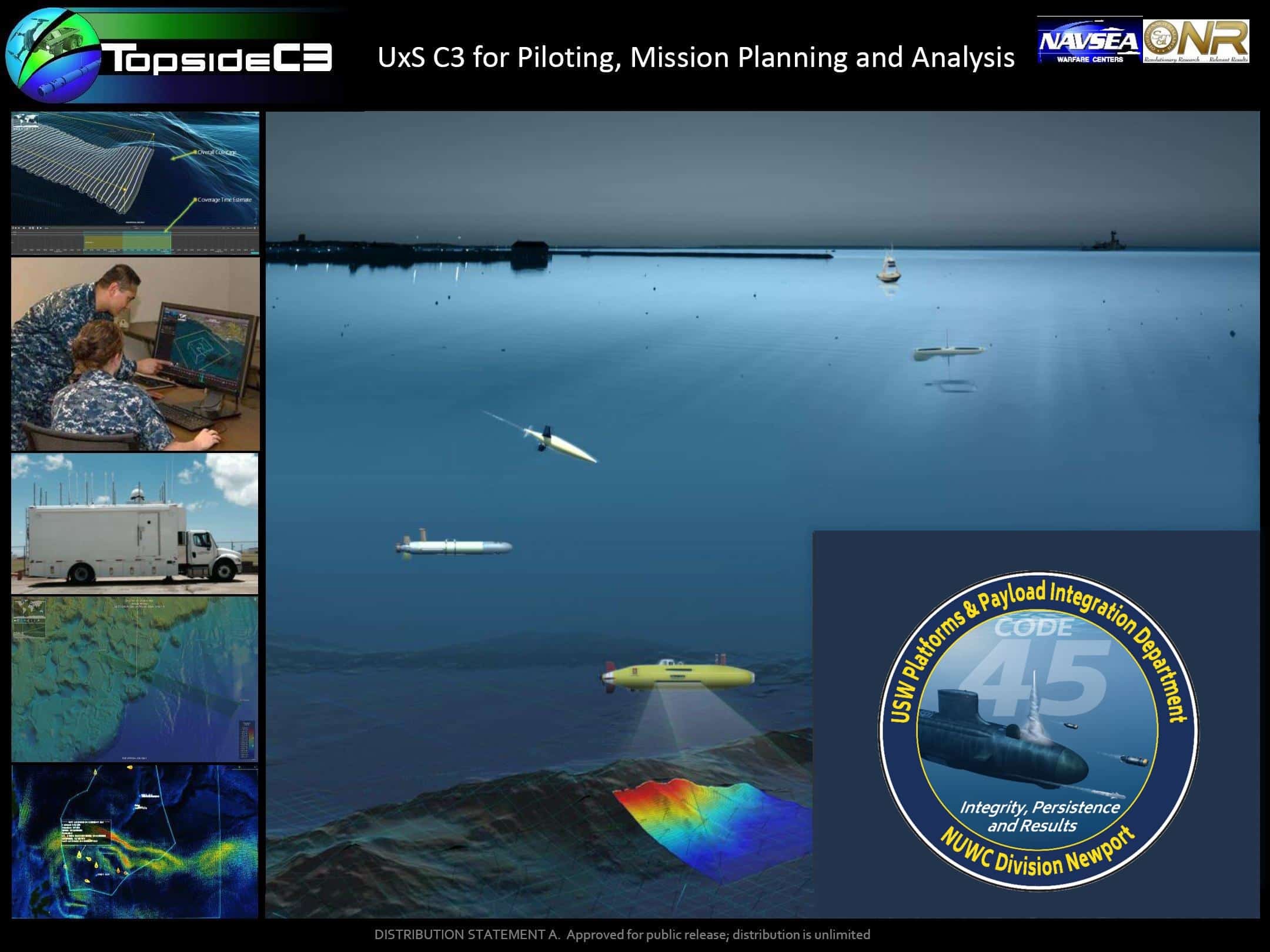News & Media
A Case for AI-Enabled Submarine Command-Level Decision Support System

I have long been a proponent of the use of artificial intelligence (AI) and deep machine learning (DML) to assist commanding officers (CO) with making faster, better decisions and to maximize the capabilities of today’s complex warfare systems.
Due to the complex nature of today’s fighter aircraft, the Air Force already employs the use of these technologies in flying and fighting their aircraft. Likewise, the Army has initiated efforts in this area with the development of a Virtual Battalion CO to assist in battlefield command decision-making.
The Navy, it appears, is lagging in the development and deployment of these technologies as a command-level decision support tool in submarines.
What makes this a more pressing need than ever before is the significant erosion of our technological platform advantage in undersea warfare (USW) over our Russian and Chinese adversaries. At this point, arguably, our most significant advantage may be the cognitive advantage our sailors have in training and operational proficiency. But, given the major investment that China is making in AI and DML, especially in the areas of training and education, it is reasonable to believe that they will expand the use of these technologies to narrow or even surpass this cognitive advantage.
According to an article in the Feb 4, 2018 edition of the South China Morning Post, China has a project underway to update computer systems with an AI decision-support system with “its own thoughts” that “would reduce the commanding officers’ workload and mental burden.” It appears that the pursuit of an Information Advantage to gain decision superiority is a clear priority of the People’s Liberation Army.
No longer relegated to just “brute force” calculators, these technologies now enable complex pattern recognition and even cognitive, intuitive thinking. The AI-based AlphaGo program’s ability to beat human masters of the game Go (A complex game requiring extensive use of strategy and intuition) demonstrated the superiority of this technology in devising tactics and strategies that consistently exceed human performance.
Imagine if China was to employ the use of AI and DML technologies in developing an Intelligent Virtual Assistant (IVA) that would:
- Work in concert with their CO to provide fast, reliable, and trusted situational awareness
- Identify probable enemy intent
- Provide the corresponding, appropriate CoA based on hundreds of wargame exercises using the accumulated experience of the best COs
This “Watson-like” assistant could quickly integrate disparate information sources. It could offer observations and advice and provide risk/reward analyses associated with alternative CoAs. This IVA could also attend to a myriad of necessary, but less-important tasks, leaving their CO with more bandwidth to concentrate on critical, tactical issues. Also, using DML technologies, an IVA would quickly increase in capability over time and learn to tailor its decision-making processes to each CO’s decision style to optimize the human-machine relationship. Given such advances, shouldn’t the idea of the omniscient Submarine Commanding Officer give way to a more symbiotic relationship between man and machine? Shouldn’t AI and DML be viewed, not as a substitute for the CO’s final decision making authority, but, rather, as a technical adjunct to his/her decision-making process, all aimed at making better, faster, more successful decisions than the enemy?
The DoD Information Resource Management Strategic Plan FY 19-23, Dated July 12, 2019, states that a major objective of the Digital Modernization Strategy calls for the establishment of a Joint Artificial Intelligence Center (JAIC) to “accelerate adoption and integration of AI-enabled capabilities to achieve mission impact at scale.” It remains to be seen if such an agency will dramatically improve concept-to-deployment timelines or become yet another layer of bureaucracy on an already overburdened acquisition process. Existing R&D programs such as DARPA, ONR FNCs, the SBIR Program, and others are already available to adapt and apply AI and DML technologies to the development of a prototype Submarine Command Decision Support System for test and evaluation purposes. What we lack is that driving force within the Navy to, first, recognize and embrace the disruptive nature of these technologies, secondly, to show a sense of urgency in adapting these technologies to offer our warfighters an Information Advantage, and third – to deploy solutions by the most expeditiously means possible!
Our adversaries are already capitalizing on these technologies to augment command-level decision-making. Adapting commercial advances in AI and DML technologies to USW, now, will help ensure that our cognitive competitive edge—our Information Advantage—will remain decisively onboard US submarines.











